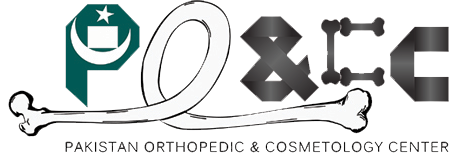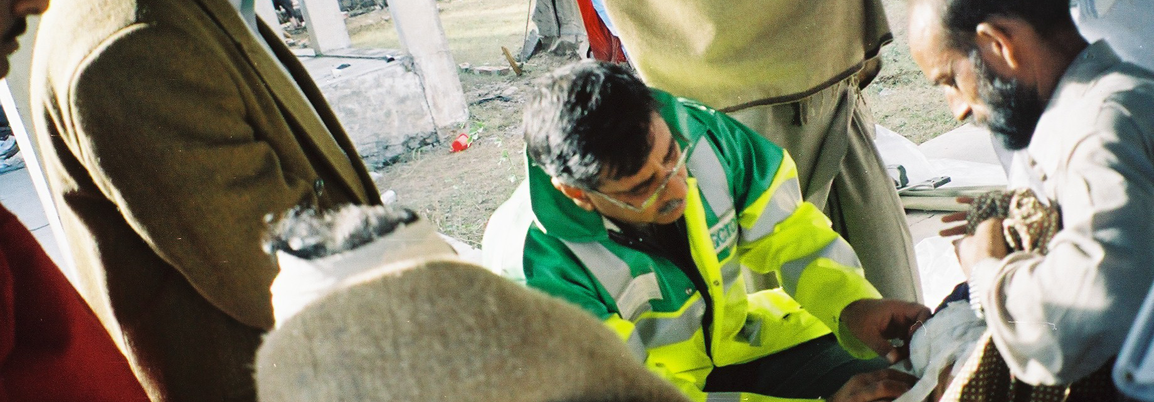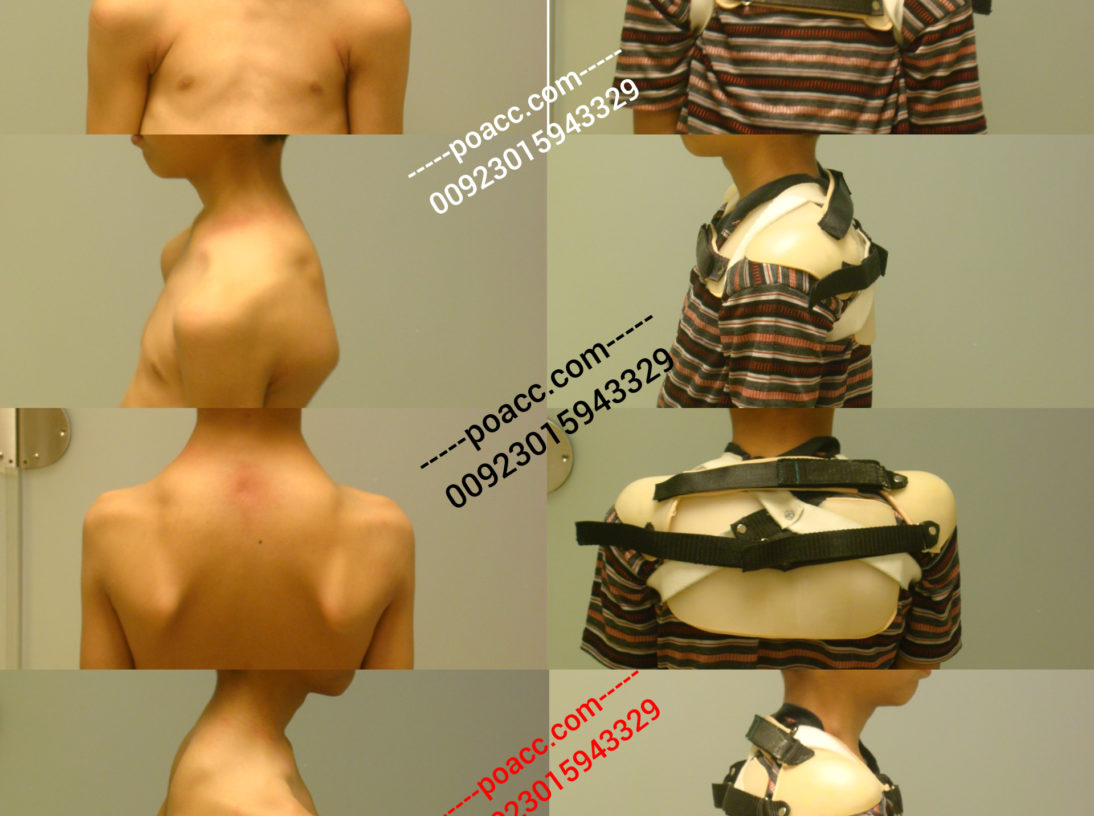-
Make an Appointment
Operation Theater
State of art operation theater, located in Islamabad and Peshawar.
Rehabilitation Center
Rehabilitation Centre for speedy recovery under the supervision of qualified phycologists.
Emergency Services
Contact us by phone to make an appointment in emergency cases.
Qualified Doctors
Our team is staffed by qualified doctors and head by Dr. Khaqan Jahangir, Peter London Gold Medal Award winner.
Latest News from POACC

WORRIED about WRINKLES
Years of squinting, concentrating, or frowning causes furrows & creases…
November 3, 2019 no comments
Online Consulttion
Add us on WhatsApp and get Online Consultation now آن لائن…
November 1, 2019 3 comments
TREMORS
Tremor can cause significant disability and/or emotional distress. Tremor is an…
October 15, 2019 no comments

POST POLIO PARALYSIS or POST POLIO DISABILITY
What is Polio DISABILITY? Polio is an infectious disease caused…
September 2, 2019 2 comments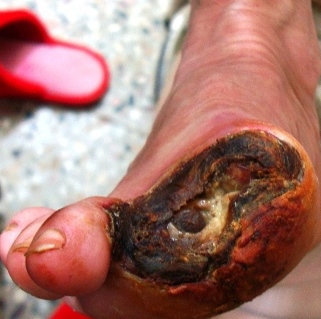
Now Diabetic foot easy to handle without amputation
INTRODUCTION The risk of developing foot ulcer in patients with…
no commentsWhat Our Patients Say About Us
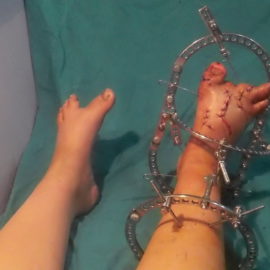 Javed ImranCorrecting Toes
Javed ImranCorrecting ToesMy toes were correct by Dr.Jahangir team and now I can walk without any issues.
I was able to gain 4 inches in height, after ilizarov performed on me by POACC team.
I would like to applaud Dr.Jahangir and his team for helping me out in a very cost effective manner.
